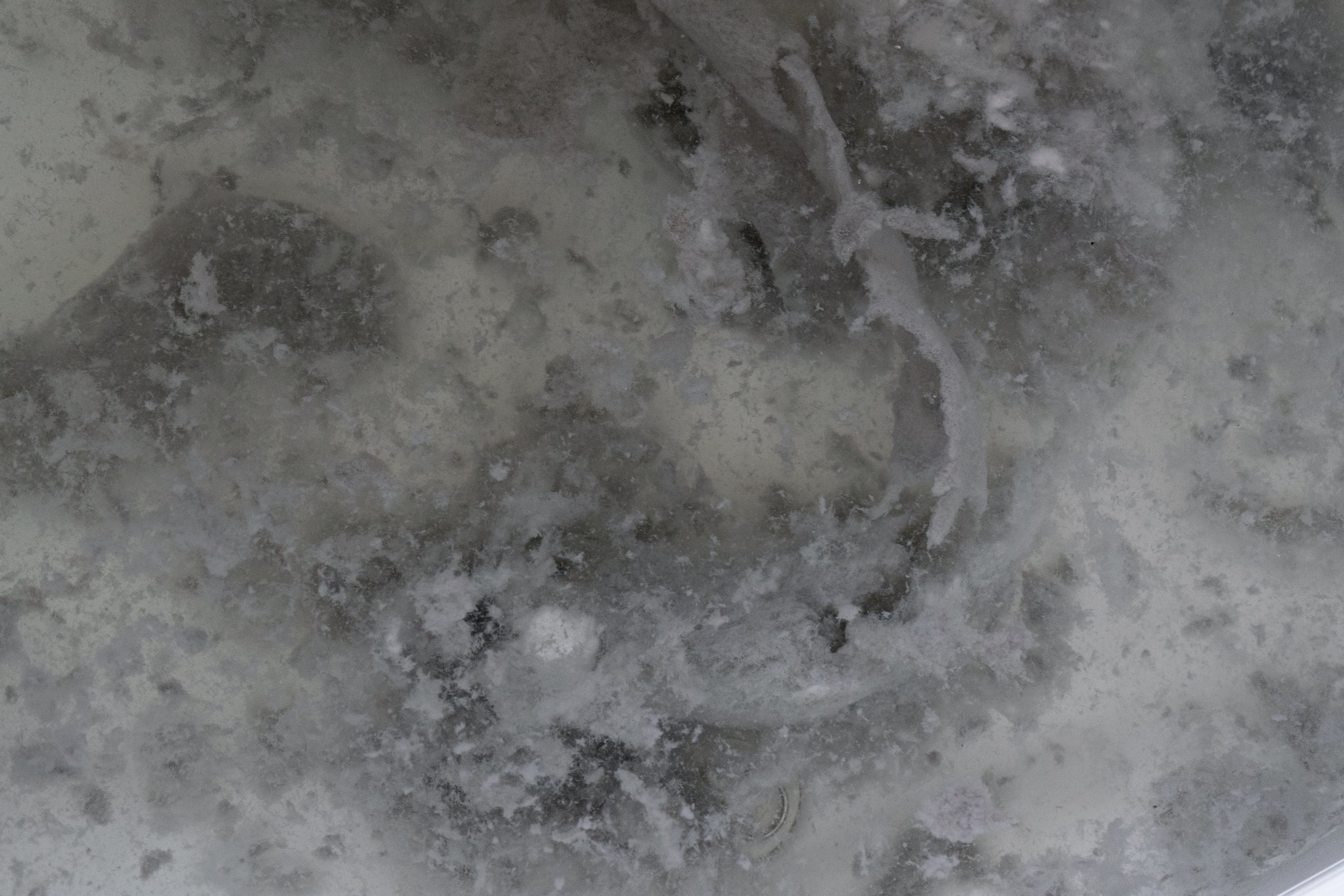Service Connected
The University of Hawaiʻi at Mānoa Bachelor of Fine Arts 2021
As a Kanaka wahine and a U.S. Army veteran, I embody the contradiction of what it means to be both an American and a Native Hawaiian living in an occupied territory. My personal genealogy is inextricably sutured to the genealogy of the lāhui, yet my experience is connected with my time in service as a combat medic. These conflicting identities and divided loyalties create ambivalence. My exploration of these themes in my art practice attempts to weave together my experiences of trauma and resilience in ways that honor the complexity of my life.
My training as an artist is primarily in photography, mixed media, and fiber arts, allowing me to tell my autobiographical stories using materials from my life experiences. In this body of work, I transformed my U.S. Army uniforms into 100 pieces of paper. This has been called combat paper by the Combat Paper Project, a larger community project with other veterans. I adopted their conceptual framework in my paper-making; however, I did not participate in a larger collective due to the pandemic. My work was done at home, alone, and in isolation. To address the insidious trauma of my confined domestic space, I chose to fame the work as a private non-theatrical performance. Using performance art in my paper-making allows me to embody the material and be present in my creative space.
As I performed the paper-making, I transformed myself; my pain, sacrifice, and service. Through repetition, rhythm, and working with the material for prolonged periods, I became mindful of the role of art in creating personal resilience in the face of diverging levels of trauma that otherwise serve to fracture one’s identity and belonging. I have discovered that love and service are connected in complex ways.
As I composed and sequenced this book, I used my critical and creative lens to dismantle and decolonize the trauma deeply imbued in the woven threads of my experiences. I juxtapose words in ʻōlelo Hawaiʻi with my paper to represent the complexity of my identity. Using ʻōlelo Hawaiʻi signifies a reclamation of a once suppressed language by the same government that I served. Behind the words, I subtly weave in the Kūʻē Petitions to show my solidarity and the collective resistance and resilience of the lāhui.









Service Connected II: Kanehailua, 2023.
Silkscreen on handmade paper (made out of military uniforms) 34 x 18 inches.
Service Connected II: Kanehailua
Exhibited during the 2023 Veteran Art Summit Triennial, Surviving the Long Wars, Hyde Park Art Center, Chicago, IL.
Service Connected II: Kanehailua represents the resilience of the Hawaiian people and their continued fight for self-determination. As a Kanaka (Native Hawaiian) whose family name appears on the petition. Kaneko unravels the intimate histories of war and colonization between her kūpuna (ancestors) and herself.







